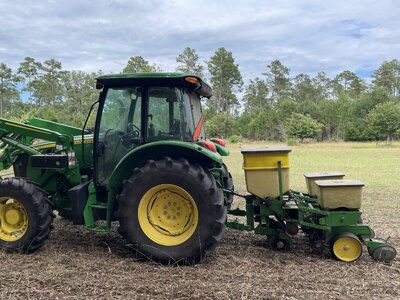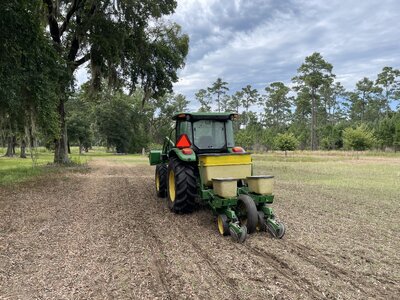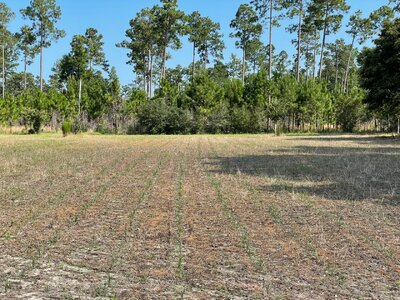I've always had a hard time talking myself into including chufa into my program. I know NWTF pushes it, but I can't seem to rationalize it. Turkey will eat about anything that doesn't eat them. Food is rarely a limiting factor for turkey. Most anything I plant for deer also benefits turkey. I have a hard time planting a crop that benefits turkey alone when there are so many options that benefit deer as well as turkey and my soils to boot.
I think the only way I could seriously consider planting chufa is if I was a waterfowl hunter and was flooding for ducks.
I do a lot of management for turkey, but it is a different kind of approach. Here is my method and it fits nicely in a deer management program:
The biggest driver of turkey populations is weather. They are the most vulnerable before hatching and for the first 2 weeks or so after hatching. Nest predators and cold, damp spring weather that supports viruses, takes the biggest toll. We can't control the weather, but we can manage habitat to advantage turkey over predators. In the north, weather can also be a factor and having soft mast that hangs on trees above the snow can be important.
Hens choose their spring roost sites based on the availability of good nesting cover. Gobblers choose spring roosting sites based on safety and where they can be heard well by hens. While we can have some impact on some nest predators through trapping and such, we don't really have legal means to control avian predators.
So, the key is having good brooding ground next to good nesting cover. 90%+ of a poult's diet consists of insects. Clover is a great crop for this as it greens up early in the spring and attracts insects. I like to plant a brooding crop directly adjacent to a vertical crop that canopies. Soybeans can be a good choice for this as poults can move easily under the canopy that protects them from the eyes of hawks and the like. I find bicolor lespedeza to be another good choice for vertical cover.
Once final thing that I like to use is shrubs proximate to the brooding cover. Once a poult is mature enough to take flight, they are at much lower risk. At first, they can only fly short distances. Shrubs provide great roosting sites that gets them off the ground as soon as they can fly a little.
One caveat here is that management strategies may be different in other regions. This works well in the south east. Techniques may be different out west where trees are limited. The limited roosting sites can change how turkey behave and thus the techniques to manage for them.





